Introduction
Day lily buds, scientifically known as Hemerocallis fulva, are a delightful and nutritious addition to any culinary repertoire. Native to Asia, these edible flowers have been cherished for their unique flavor and health benefits for centuries. From stir-fries to soups, day lily buds can elevate dishes with their subtle sweetness and crisp texture. However, selecting the best day lily buds can be a challenge, especially for those unfamiliar with the nuances of this ingredient. This guide aims to provide comprehensive insights into how to pick the most delicious day lily buds, ensuring your culinary endeavors are both flavorful and rewarding.
Understanding Day Lily Buds
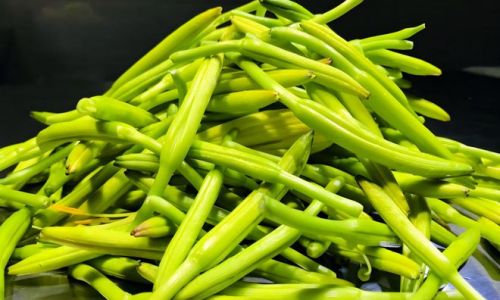
Before diving into selection tips, it’s crucial to understand the basics of day lily buds. These edible flowers are harvested from the plant’s blooming stage, typically in early summer. The buds themselves are the tightly closed flowers, which, when cooked, offer a mild, slightly sweet taste with a hint of nuttiness. They are low in calories but rich in vitamins, minerals, and antioxidants, making them a healthy choice for various dishes.
Seasonality and Harvesting
The first step in selecting delicious day lily buds is understanding their seasonal availability. Day lilies generally bloom between late spring and early autumn, with peak harvest times varying by region. In temperate climates, the best time to harvest is usually June to July. It’s essential to source fresh buds during this period to ensure optimal freshness and flavor.
Appearance: The Visual Guide
-
Color: Fresh day lily buds should have a vibrant yellow hue, indicating they are ripe and ready for harvest. Avoid buds that are discolored, faded, or have spots, as these may be past their prime or damaged.
-
Size: While size can vary slightly depending on the variety, generally, larger buds tend to be more mature and may have a stronger flavor. Smaller, tighter buds are often more tender and delicate, suitable for lighter cooking methods. Choose buds that are uniformly sized for consistent cooking results.
-
Texture: Feel the buds gently between your fingers. They should be firm and slightly taut, without any soft spots or wilting. Soft buds indicate over-maturity or improper handling, which can lead to a mushy texture when cooked.
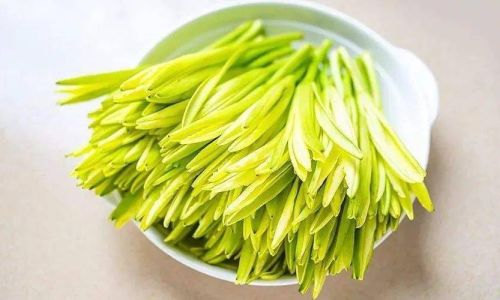
-
Shape: Look for buds that are tightly closed or just beginning to unfurl. Fully open flowers are not suitable for eating as they lack the desired texture and flavor.
Smell: The Aromatic Cue
A fresh day lily bud should have a faint, pleasant aroma, reminiscent of a blend of sweet and floral notes. If the buds smell bland or have an off-putting odor, it’s a sign they may not be fresh. Avoid buds that emit any strong, unpleasant smells, as this could indicate spoilage or improper storage.
Origin and Cultivation
The origin and cultivation practices of day lily buds can significantly impact their quality. Seek out suppliers who prioritize organic farming and sustainable practices. Organically grown buds are less likely to be contaminated with pesticides or other chemicals, enhancing their overall safety and flavor.
Additionally, consider the geographical location. Regions with ideal climate conditions for day lilies, such as temperate areas with ample sunlight and well-drained soil, tend to produce higher-quality buds. Researching the supplier’s farming methods and reputation can provide valuable insights into the quality of their produce.
Freshness and Storage
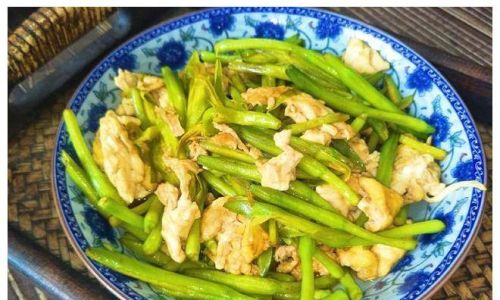
Once you’ve selected your day lily buds, maintaining their freshness is crucial. Fresh buds should be used within a day or two of purchase for optimal flavor and texture. If you need to store them, place them in an airtight container lined with paper towels to absorb any moisture. Keep them in the refrigerator’s crisper drawer, where temperatures are stable and humidity is controlled.
Avoid washing the buds until you’re ready to use them, as excess moisture can accelerate spoilage. If you must store them for longer, consider freezing them. Blanch the buds in boiling water for a minute, then plunge them into ice water to stop the cooking process. Pat them dry and store in freezer-safe bags, removing as much air as possible to prevent freezer burn.
Variety and Flavor Profiles
Different varieties of day lilies can offer slightly different flavor profiles and textures. Some varieties may be sweeter, while others might have a nuttier or more floral taste. Experimenting with various types can enhance your culinary experience and provide more versatility in your recipes.
When selecting a variety, consider the dish you plan to prepare. For instance, sweeter buds might be better suited for desserts or lighter salads, while nuttier varieties could complement heartier main courses.
Cooking Methods and Pairing
The cooking method you choose can also affect the final taste of your day lily buds. Quick-cooking methods like stir-frying or steaming preserve their crisp texture and delicate flavor. Longer cooking times, such as simmering in soups, tend to soften the buds and allow their flavors to meld more deeply with other ingredients.
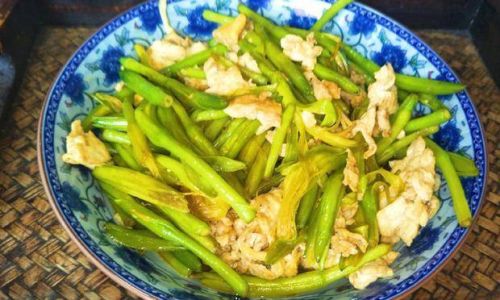
When pairing day lily buds with other foods, consider their subtle sweetness and nutty undertones. They pair well with ingredients that can enhance these flavors, such as garlic, ginger, soy sauce, and sesame oil. They also complement seafood, pork, and poultry, adding a touch of elegance to your dishes.
Conclusion
Selecting delicious day lily buds involves a combination of visual inspection,嗅觉判断, understanding seasonality, and considering cultivation practices. By focusing on fresh, vibrant buds with a pleasant aroma, sourced from reputable suppliers, you can ensure your culinary creations are both flavorful and visually appealing. Remember to store them properly to maintain freshness and experiment with different cooking methods and pairings to discover the versatility of this unique ingredient.
In the kitchen, day lily buds can transform simple dishes into extraordinary meals, adding a touch of elegance and nutrition to your repertoire. With this guide, you’re well-equipped to select the best buds and bring out their full potential in your culinary endeavors. Happy cooking!
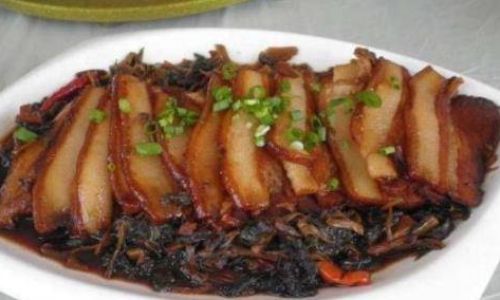
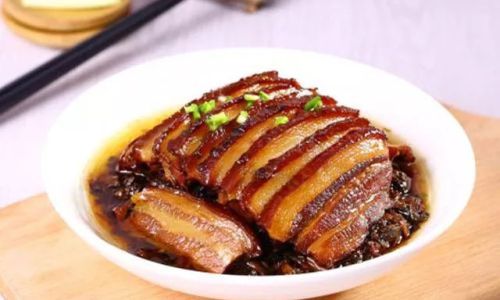
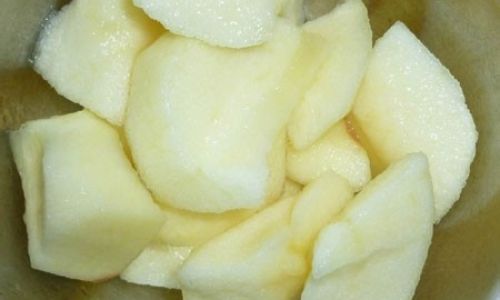

0 comments